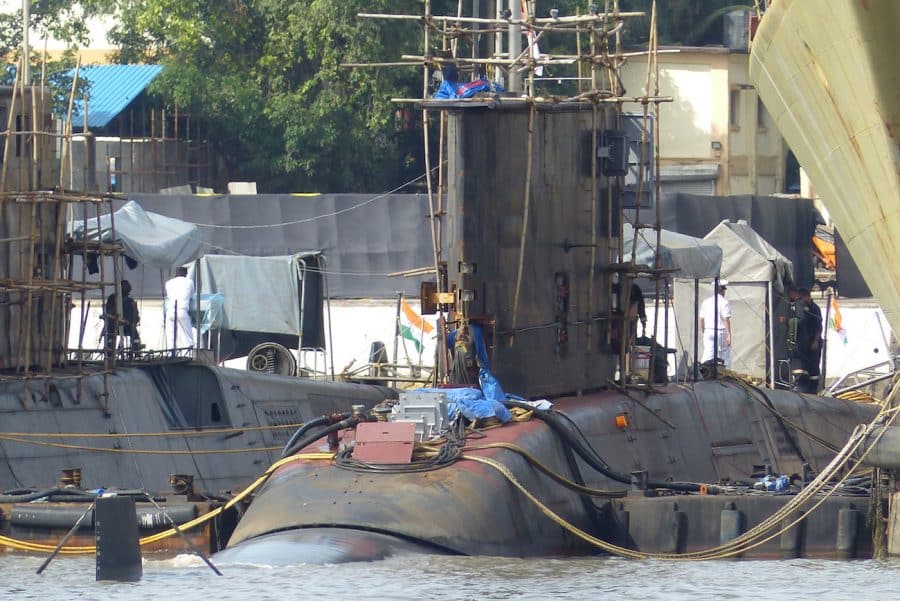With the Type 209 model, which appeared in the late 60s, the German company thyssenkrupp Marine Systems, or tkMS, became the undisputed leader in the sale of military submarines on the Western international scene.
With more than 60 units sold to 14 international navies, the Type 209 has established itself against the French and British models, and paved the way for the more modern Type 214, which appeared in the mid-2000s, equipped with an AIP anaerobic propulsion system, and has already sold 25 units to five navies.
In recent years, however, German submarines have faced increased competition from the French Naval Group. With the presentation of the Scorpene Evolved, equipped with lithium-ion batteries, the German momentum seems to be eroding even further, with the latest competition, in Argentina, once again seeming to turn in favor of the French.
It was therefore essential for tkMS to react, and to react quickly. This has been done. Just a few days after proposing to the Bundesmarine the installation of lithium-ion batteries on one of its Type 212 submarines, the latter gave its agreement, allowing tkMS to claim the first European submarine equipped with this type of battery.
In this section:
German tkMS losing ground to Naval Group on the international scene
While the Western market for conventional submarines was mainly held by the British and French in the 60s, with the Oberon and Daphne classes, the arrival of the new Type 209s from West Germany in the early 70s represented a real tidal wave in this market.
Type 209 of the Indian Navy.
In about twenty years, this model has, in fact, been imposed in 14 countries, including Greece and Turkey, within NATO, Indonesia, India and South Korea, in Asia, South Africa and Egypt, in Africa, and above all, Argentina, Brazil, Chile, Colombia, Ecuador, Peru and Bolivia, that is to say almost all of the South American navies, apart from Venezuela.
While the Type 209 is still offered in the catalogue of its designer, tkMS, it was replaced by the Type 214 as the flagship product of the German company, from the early 2000s. Here again, the model achieved many successes, again in Greece and Turkey, as well as in South Korea, and Portugal. A derivative model, the Type 218SG, was acquired, for its part, by Singapore, in the early 2010s, while an evolution of the Type 212, which equips the German and Italian navies, was chosen by Norway, in 2017.
In fact, from 1970 to 2020, tkMS will have sold 105 conventionally powered submarines of different models, including 97 for export. At the same time, France will have sold only 13 Agosta and 14 Scorpene, Sweden 17 ships, the Netherlands 7 units, and Great Britain 10 units.
In recent years, however, tkMS’s offering seems to be losing momentum, particularly in the face of French models. Thus, despite the Australian trauma, the Scorpene has established itself in India, for three additional units, in 2023, and in Indonesia, for two ships in 2024, while the new Blacksword Barracuda established itself against German and Swedish models, in the Netherlands, at the beginning of the year.
Even worse, the precious South American market, which accounted for almost half of Type 209 sales, seems to be slipping away from it. Thus, Chile, then Brazil, turned to the French Scorpene, while many reports indicate that Argentina would also be ready to do the same, in the near future.
The AIP argument loses its force in the face of the arrival of lithium-ion batteries
Indeed, the success of the Type 214 and 218SG over the last twenty years was largely the result of the efficiency of the AIP anaerobic propulsion system that was offered on the ship, allowing its diving autonomy to be significantly extended.
Type 214 of the Hellenic Navy
There are 75% of this article left to read, Subscribe to access it!
The Classic subscriptions provide access to
articles in their full version, and without advertising,
from €1,99. Subscriptions Premium also allow access to archives (articles over two years old)
Advertising
